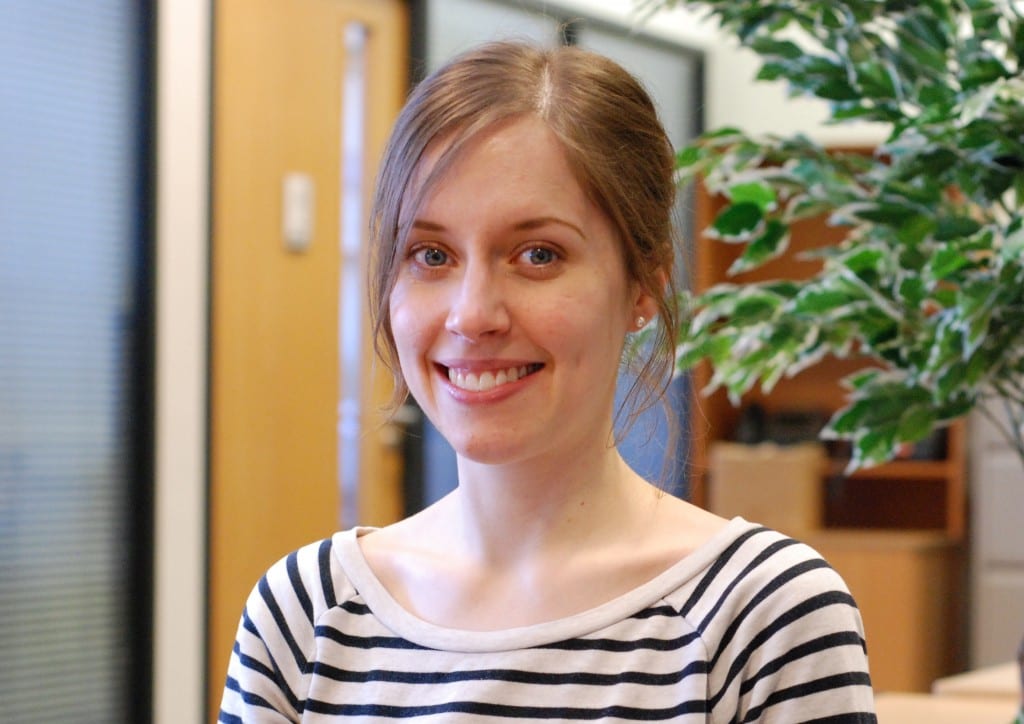
University of Lincoln researchers have been working on interactive games to be more disabled-friendly.
School of Computer Science lecturer Dr Kathrin Gerling and Dr Adam Evans from Health Advancement Research Team (HART) have been creating computer games that allow young people with disabilities to use powered technology to interact on screen.
Dr Kathrin Gerling and Dr Adam Evans from Health Advancement Research Team (HART) have been working strongly with Lincoln’s St Francis School, a school that specialises in supporting young people with disabilities.
The technology allows the students to use their powered wheelchairs to help play the leisure games.
Dr Gerling said: “We wanted to see if movement-based games could be a positive experience for young people who use powered wheelchairs. When you use a wheelchair, you often have limited opportunity to take part in physical activity, and this means young people don’t have as much access to physical play as we’d like.
“There are many social benefits associated with taking part in these activities, which is why we thought it would be interesting to see if we could use games to create spaces for physical play.”
Collaborating with a group of students as a case study, they were asked questions about what games they were interested in playing, what they thought to games and physical activities in general, but more importantly, what their perspectives on representation of disability in games were – for example, if they wanted their wheelchair to be portrayed within the game.
Dr Gerling added: “Some of the younger students would say, “No I want to be able to play rugby and play all of these things, whilst a lot of the older students would say, “this is who I am, my wheelchair is a part of myself,” but would worry about introducing limitations to gameplay as a result of including disability in games.
Using student feedback, the project team built three different games: a skiing simulator game featuring a monoski, a robot boxing game and also a sensory experience game where you move through fields and see flowers.
The games aimed to interact with the movement of a wheelchair; if you wanted to punch in the boxing game you’d turn to the wheelchair to the right or left. Similar to the skiing game where movement would change the speed and direction of travel.
“Designing the games was challenging because we didn’t want the young people to be reminded of the things they couldn’t do,” Dr Gerling said.
“But the inclusion of disability in the skiing game was something players really appreciated when we took our games back to St. Francis – in fact, they commented that the game reminded them that just because you’re using a wheelchair, it doesn’t mean you can’t participate in certain things.”